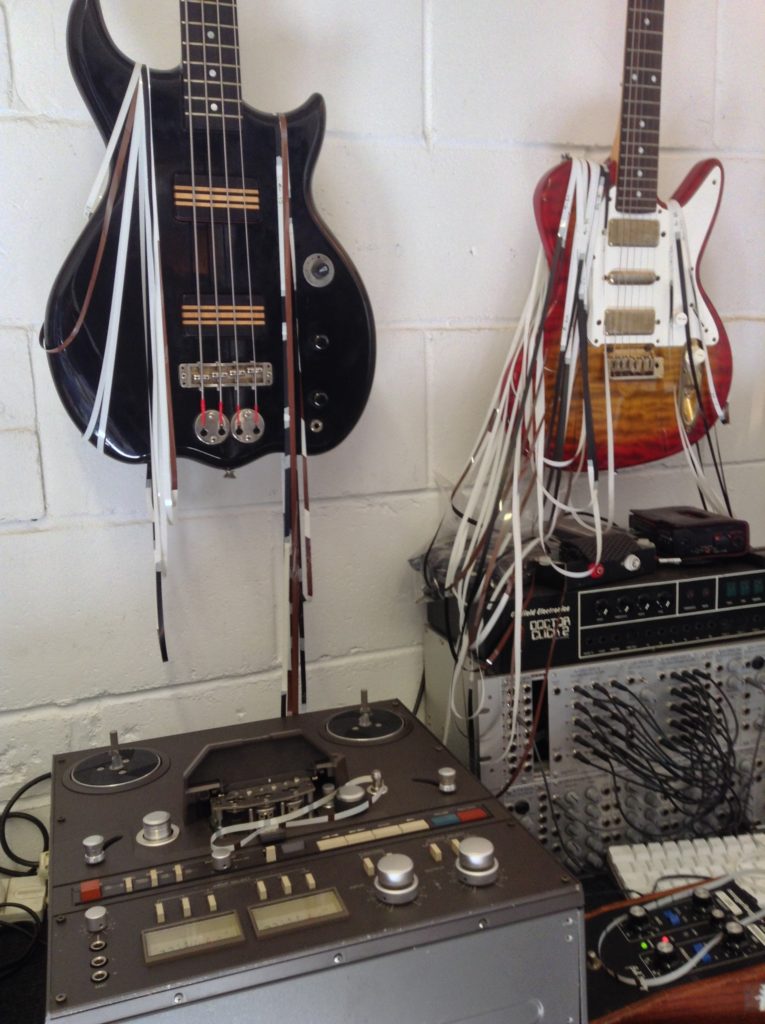

Schaeffer, born in 1910, was an engineer at Radio France during the war, where he was given the run of the sound effects department. At last, 60 years after publication, the work has been unlocked in a translation set to reach across the globe as never before ( In Search of a Concrete Music, translated by Christine North and John Dack, University of California Press). Shamefully, no English translation of the book – in hindsight one of the most important and prophetic written on music since World War ii – has been published until this year, thus restricting it to discourse and academia within the French-speaking world. In the same year he published what can be seen as his manifesto, À la recherche d’une musique concrète, part-diary, part-essay, part-scientific manual. This ‘cryosonic’ notion of sound as a solid, retrievable object appealed so much to Pierre Schaeffer that, in 1952, he created a piece called Les paroles dégelées (Thawed Words), in which he altered the timbre of a voice reading Rabelais’ work aloud by various tape manipulation techniques – a process he had already dubbed musique concrète.
#MUSIQUE CONRETE TORRENT#
The noise of combat had turned to ice but, as the sea unfroze, so too did the sounds, pouring forth in a torrent of war cries, whinnying horses and clashing weapons.

In the fourth book of François Rabelais’ Gargantua and Pantagruel, there’s a tale about crossing the Frozen Sea where, the previous winter, there had been a battle between two warring tribes. Recorded sound was first imagined as long ago as 1552.


 0 kommentar(er)
0 kommentar(er)
